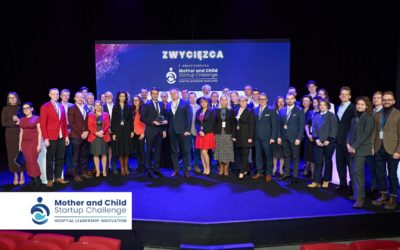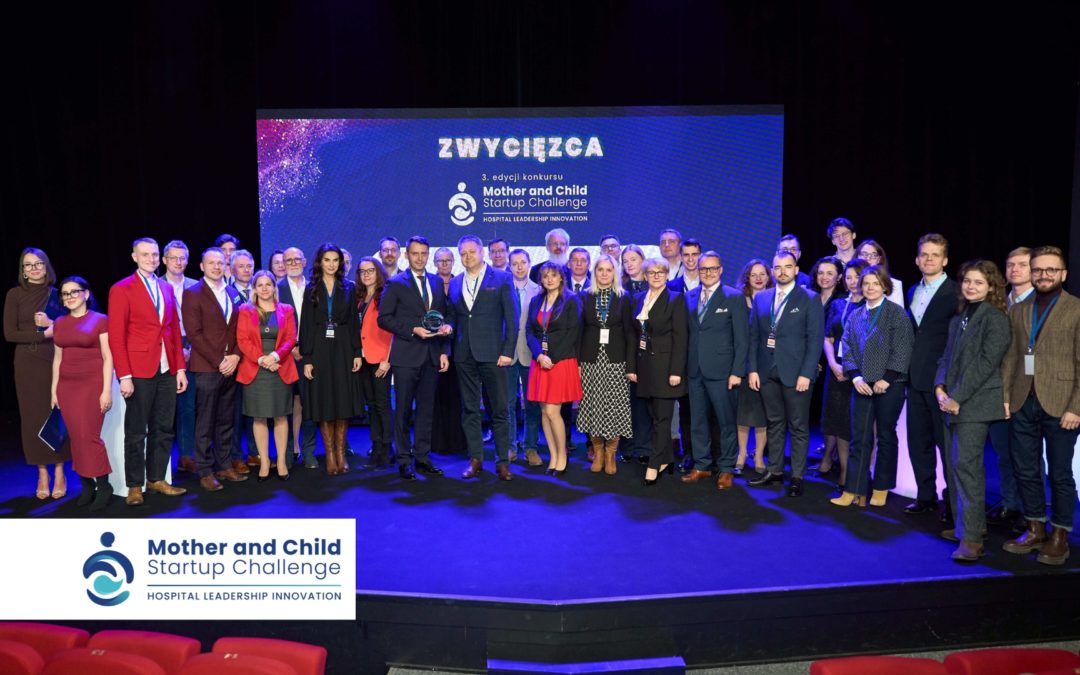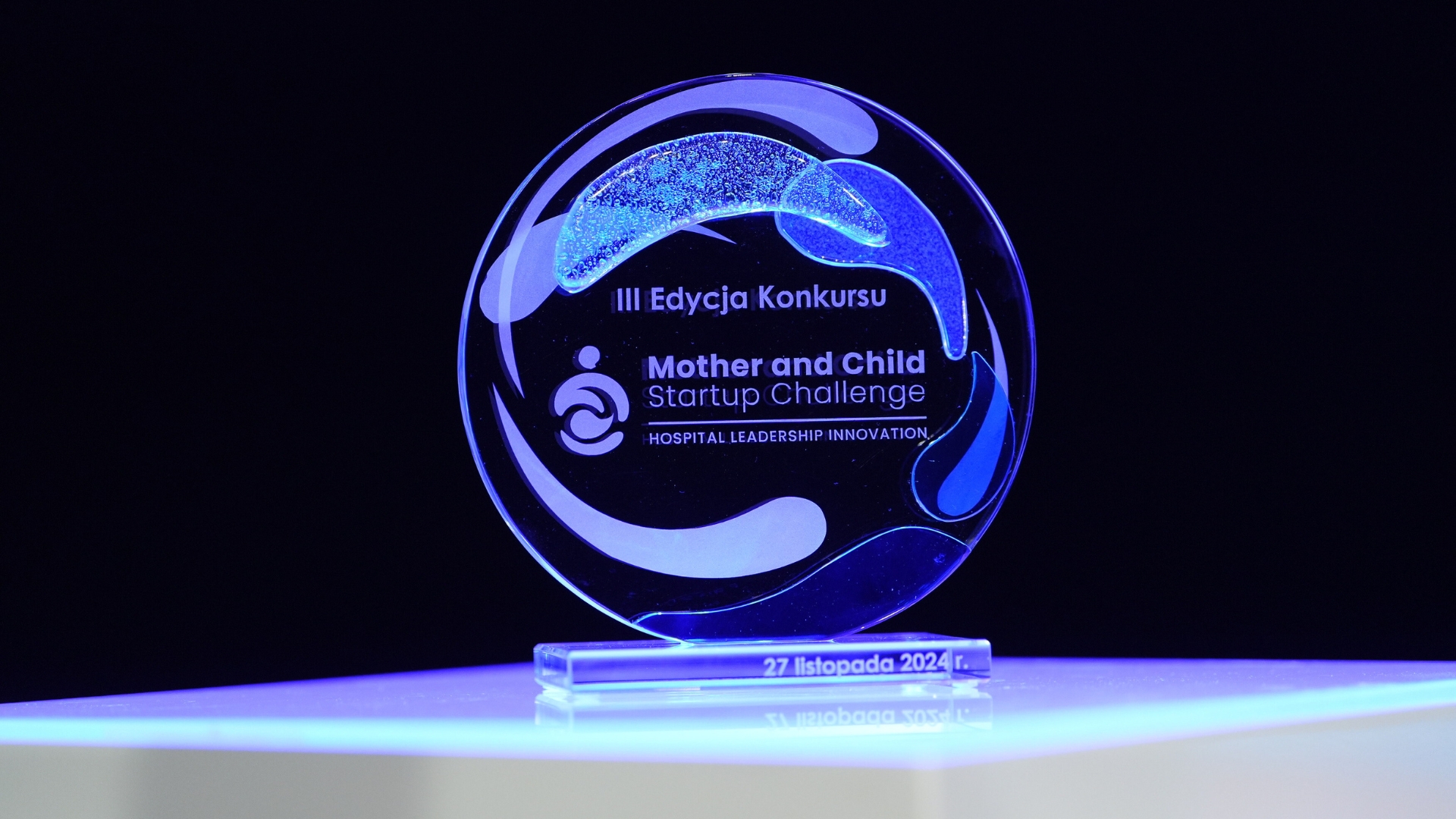In the "Health Tech of The Week" initiative, I discuss health comprehensively, emphasizing the importance of a holistic approach to individuals....

Why do we focus on balance? How mental health is gaining value
In the „Health Tech of The Week” initiative, I discuss health comprehensively, emphasizing the importance of a holistic approach to individuals. While describing intriguing startups, I highlight the significance of preventive actions that genuinely impact the quality and longevity of life. Speaking about prevention, we cannot forget about mental health and preventing exhaustion, apathy, excessive stress, or depressive states. This is why I’m thrilled to see projects like Mindy emerge.
Mindy – an app supporting mental well-being
Mindy is a Polish app that supports broadly understood mental health. Users have access to over 1,000 recordings that help them practice mindfulness. The available materials include relaxation techniques, mindfulness training, stress reduction methods, and ways to improve concentration. Like fitness apps that allow users to tailor their workouts to their needs, Mindy is designed to enable everyone to systematically work on their mental health daily, preventing problems before the need for treatment arises.
The app allows progress tracking, encouraging users to build habits such as regular meditation or relaxation techniques, which help them recharge after an exhausting workday.

What are the results for users?
Although mental health is often considered difficult to measure, the outcomes of using Mindy are highly tangible. The app creators collect data based on user progress and boast impressive results. Over 74% of registered users declare that the app has helped them manage stress better. 65.7% have noticed an improvement in sleep quality, and 77.6% have reported better overall mental health.
Behind this success is the involvement of over 40 experts, including psychotherapists, mindfulness trainers, and coaches who prepare engaging content. A unique feature is the collaboration with renowned voice artists like Krystyna Czubówna, Piotr Fronczewski, and Irena Melcer, which enriches the project with high-quality recordings.
Equality and accessibility
What sets Mindy apart is its inclusivity. The app offers special courses for groups that might be more vulnerable to emotional challenges. These include a course for mothers, who often face numerous challenges and lack time to care for themselves, as well as a course for LGBTQ+ individuals. This course is particularly aimed at young people struggling with misalignment to prevailing social norms. Such support can be a first step toward addressing difficulties while fostering a sense of acceptance and support, crucial for mental health.

Polish innovations on a global scale
Mindy is a perfect example of how Polish innovations can improve lives. Its holistic approach, engaging content, and high-quality execution make the app highly regarded both locally and internationally. If you want to learn more about innovative solutions from Poland, stay tuned for upcoming posts in the „Health Tech of The Week” series, which has already covered several mindfulness-focused apps.
Why do we focus on balance? How mental health is gaining value
Cognitive Behavioral Therapy from Home Instead of the Office
They’ve moved therapists and patients in front of a computer screen, increasing access to therapy and mental health support—without losing its...
Technology Guarding the Lives of Newborns: Polish Startup Wins the Mother and Child Startup Challenge 2024
On November 27, 2024, Warsaw's Capitol Theatre hosted the grand finale of the third edition of the Mother and Child Startup Challenge—one of the...


















